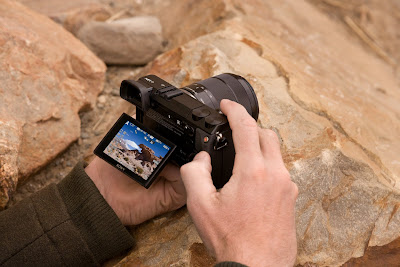douglasf13
Well-known
I'm very attracted by the NEX-7 EVF, being built-in and high resolution, as I'm by the 24MP; but, as my main objective is to use my M-lenses as well the Voigtlaender 15 and Zeiss 18, the image quality based on the micro-lens design trumps everything. Although I was ready to get the GXR M-Module, considering I already have the GXR, I would still want to see whether the M-Module really does have an advantage in terms of image quality for M-lenses. Handling and user interface, at which the GXR excels, is also a factor, but the assignable 3-dials on the NEX-7 look good also.
What is "MFD".
—Mitch/Bangkok
Rainy Season
We don't know how the nex-7 will perform at the edges, but the nex-c3 is a big improvement over the earlier cameras, so most expect the nex-7 to also be an improvement. We'll see.


